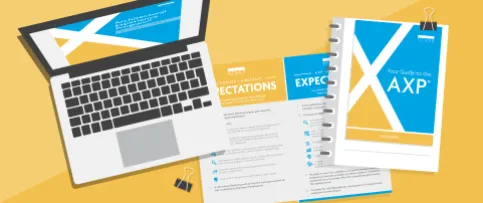The Architectural Experience Program® (AXP®) is an essential element on the path to licensure designed to provide you with the opportunity to gain and document real-world experience needed to become an architect. As you progress through the AXP, you’ll develop competency in architectural practice areas related to health, safety, and welfare.
The AXP identifies 96 key tasks you should be able to perform competently at the point of licensure and is designed to span the phases of an early career in architecture. The tasks are spread across six practice-based areas, aligning with an ARE 5.0 division, allowing you to connect your real-world experience to your exam preparation.
To ensure that you are equipped with resources to gain meaningful resources.
In recent blogs, we covered everything there is to know about the AXP and the six experience areas. To conclude the series, we will dive into another experience area—Construction & Evaluation.
Overview
Tasks in this area ensure you gain competencies and skills related to a project’s construction administration and post-construction phases, including visiting job sites, meeting with contractors, clients, and building officials, and punch lists.
To meet the requirements under Construction & Evaluation, you’ll need to document 360 hours of experience completing the following tasks:
- Review shop drawings and submittals during construction for conformance with design intent
- Respond to Contractor Requests for Information
- Complete field reports to document field observations from construction site visit
- Review results from field reports, third-party inspections, and other test results for conformance with contract documents
- Review Application and Certificate for Payment
- Manage project close-out procedures and documentation
As you develop a plan to achieve all the tasks required in the AXP, it’s important to work with your supervisor and firm to create a plan for exposure to various opportunities. As you and your supervisor work together, check out the AXP Candidate and Supervisor Expectations document to establish shared expectations.
For more detailed information about the AXP and the six practice-based areas, check out the AXP Guidelines and our blog for the latest updates.



